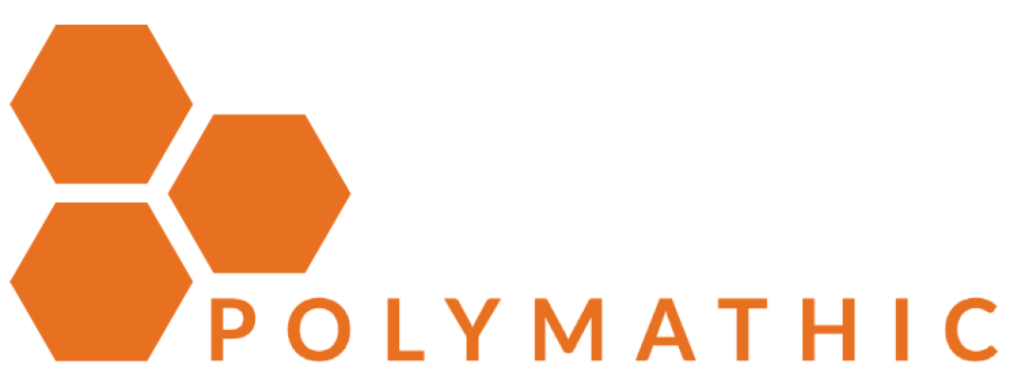Blending AI with Human Insight: The Path to Operational Excellence in the Digital Age

Operational Excellence in the Digital Era: Lessons from AI Integration
Introduction
Operational excellence in today’s business environment refers to the continuous improvement and optimization of processes, systems, and culture to achieve superior performance. This often involves leveraging advanced technologies to streamline operations and enhance decision-making, thereby creating value for customers while maintaining cost-effectiveness.
What is Operational Excellence?
Operational excellence encompasses streamlined operations, reduced waste, enhanced quality, and maximized efficiency. Traditionally, methods like Six Sigma and Lean Manufacturing relied on manual data collection and analysis. However, digital technologies have significantly evolved these approaches.
The Role of AI in Enhancing Operational Excellence
AI technologies are crucial for optimizing business operations. Specific applications include:
- Predictive Maintenance: AI algorithms analyze sensor data to predict equipment failures, reducing downtime and maintenance costs.
- Supply Chain Optimization: AI models enhance inventory management, demand forecasting, and logistics routing.
- Quality Control: Machine learning algorithms detect defects in manufacturing processes more precisely than humans.
- Customer Service: AI-powered chatbots handle inquiries, improving response times and freeing up human agents.
These AI-driven initiatives contribute to increased efficiency, reduced costs, and improved decision-making across various sectors?16:0†source? .
The Blend of AI Technology and Human Oversight
While integrating AI, human oversight remains crucial for several reasons:
- Ethical Considerations: Ensuring decisions align with ethical standards and company values.
- Contextual Understanding: Accounting for nuances or contextual factors that AI may miss.
- Handling Exceptions: Managing unprecedented situations that AI might find challenging.
- Strategic Alignment and Continuous Improvement: Ensuring AI’s alignment with overall business goals and refining models as needed .
For instance, tools like Asana's AI teammates help optimize operations by automating routine tasks and offering intelligent suggestions, yet human professionals ensure that these systems operate within the broader strategic framework of the organization .
Real-World Applications and Benefits
Companies integrating AI have reported numerous tangible benefits:
- Operational Efficiency: AI automation reduces time spent on repetitive tasks.
- Resource Allocation: Enhanced use of human and material resources.
- Forecasting Accuracy: Improved demand forecasting and inventory management.
- Downtime Reduction: Predictive maintenance minimizes equipment failures.
For example, Klarna reduced its workforce significantly by leveraging AI to enhance efficiency, resulting in improved productivity and reduced losses .
Challenges and Considerations
Businesses face several challenges when integrating AI solutions:
- Data Quality and Availability: High-quality data is essential for effective AI models.
- Skills Gap: Shortage of professionals skilled in AI development and implementation.
- Ethical and Legal Issues: Ensuring compliance with regulations like GDPR and addressing algorithmic biases.
- Cost: Significant initial investment in technology and talent .
Conclusion
In summary, integrating AI solutions like Asana's AI teammates can drive operational excellence by enhancing efficiency and decision-making. However, balancing technology with human oversight is crucial to fully realize the potential of AI. Looking ahead, AI is set to transform business processes significantly, driving sustained operational excellence?6:0†source?.
Call to Action
Have you integrated AI into your operations? Share your experiences or insights on balancing AI and human oversight in business operations. Let’s discuss the future of operational excellence in the digital era.
